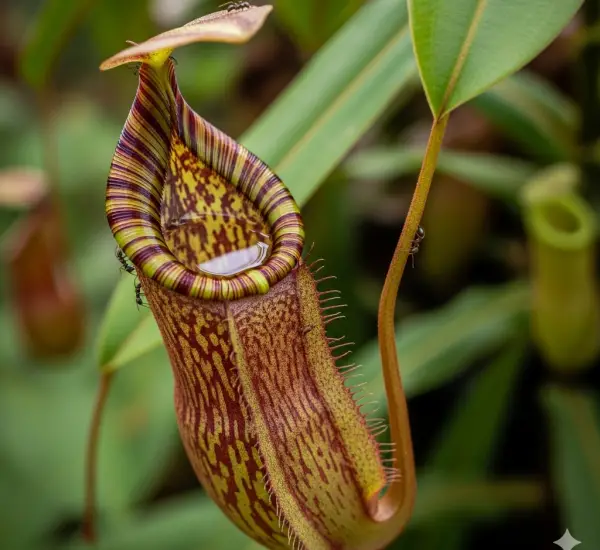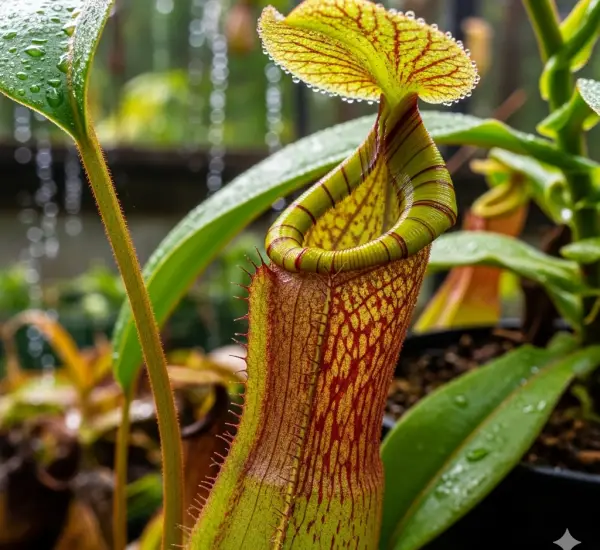Almonds are not only delicious and nutritious nuts but also come from beautiful, flowering trees that can enhance any garden or orchard. Growing almond trees from seed is a rewarding process that allows you to experience the full lifecycle of this valuable plant, from germination to harvest.
If you’re interested in cultivating almonds from scratch, this guide will walk you through the steps of germinating almond seeds successfully, caring for your young seedlings, and understanding the basics of almond tree cultivation.
Understanding Almond Seeds and Their Germination
Almonds are the seeds of the almond tree (Prunus dulcis), and germinating them requires some patience and specific preparation due to their natural dormancy. Almond seeds have a hard shell and a tough seed coat that prevents immediate sprouting.
To encourage germination, the seed needs to go through a process called stratification, which mimics natural winter conditions. This cold treatment breaks dormancy and activates the seed’s growth hormones, making germination possible.
Step 1: Selecting Almond Seeds
For successful germination, it’s important to start with fresh, viable almond seeds. You can use raw almonds in their shells, but avoid roasted, salted, or processed almonds, as they won’t sprout.
Look for almonds with intact shells, free of cracks, mold, or insect damage. Ideally, collect seeds directly from mature almond trees or purchase seeds from a reliable nursery or seed supplier.
Step 2: Preparing Almond Seeds for Germination
To prepare the seeds, follow these steps:
-
Cleaning: Rinse the almonds in water to remove dirt and debris.
-
Stratification: Place the cleaned seeds in a sealed plastic bag with a mixture of moist sand or peat moss. The moisture should be enough to dampen the medium but not soak it.
-
Refrigeration: Store the sealed bag in the refrigerator at about 34°F to 41°F (1°C to 5°C) for approximately 6 to 8 weeks. This cold period simulates winter and breaks the seed’s dormancy.
-
Check Regularly: Occasionally check to ensure the medium stays moist and seeds are not rotting.
Step 3: Germinating the Seeds
After stratification, the seeds are ready for planting:
-
Soil Selection: Use well-draining, fertile soil mixed with organic matter. Almond trees prefer slightly acidic to neutral pH (6.0 to 7.0).
-
Planting Depth: Sow the seeds about 1 to 2 inches deep with the pointed end facing downwards.
-
Watering: Water gently to keep the soil moist but not soggy.
-
Temperature: Maintain a warm environment around 68°F to 77°F (20°C to 25°C) to encourage sprouting.
Germination may take anywhere from 2 to 4 weeks, so patience is key. Once seedlings emerge, ensure they get plenty of indirect sunlight.
Step 4: Caring for Almond Seedlings
Young almond seedlings need proper care to grow into healthy trees:
-
Light: Provide bright, indirect sunlight for at least 6 hours per day.
-
Water: Keep the soil moist but avoid waterlogging. Gradually reduce watering as the plant matures.
-
Transplanting: When seedlings grow a few inches tall and develop true leaves, transplant them into larger pots or outdoors if the climate is suitable.
-
Fertilization: Use a balanced, slow-release fertilizer to support healthy growth.
Step 5: Planting Almond Trees Outdoors
If you live in a suitable climate—typically warm, Mediterranean-like regions—transplant your young almond tree outdoors after the last frost.
-
Choose a sunny location with well-drained soil.
-
Space trees at least 15 to 20 feet apart to allow room for growth.
-
Protect young trees from pests and extreme weather conditions.
Additional Tips for Growing Almond Trees
-
Pruning: Prune your almond trees annually to encourage healthy structure and better air circulation.
-
Pest Management: Watch for common pests such as aphids, mites, and fungal diseases. Use organic treatments when possible.
-
Pollination: Almond trees generally require cross-pollination from another almond variety to produce nuts, so consider planting at least two compatible trees.
-
Water Management: Almond trees need moderate watering, especially during the flowering and nut development stages.
How Long Until Your Almond Tree Produces Nuts?
Growing almonds from seed requires patience. It may take 3 to 5 years before your tree begins producing nuts. However, the process of nurturing your tree from a seedling to a mature plant is fulfilling and a great way to connect with nature.
Benefits of Growing Almond Trees from Seed
-
Satisfaction: Witness the full growth cycle and develop gardening skills.
-
Cost-Effective: Growing from seed is cheaper than buying nursery trees.
-
Adaptation: Trees grown from local seeds may be better adapted to your climate.
Conclusion
Germinating and growing almond trees from seed is a rewarding project for gardeners willing to invest time and care. By properly stratifying your seeds, providing optimal growing conditions, and nurturing seedlings with patience, you can cultivate your own almond trees at home.
Not only will you enjoy the beauty of flowering almond trees, but you’ll also be on the path to harvesting fresh, homegrown almonds in the years to come.
Start your almond growing journey today and experience the joy of turning a simple seed into a thriving tree!



